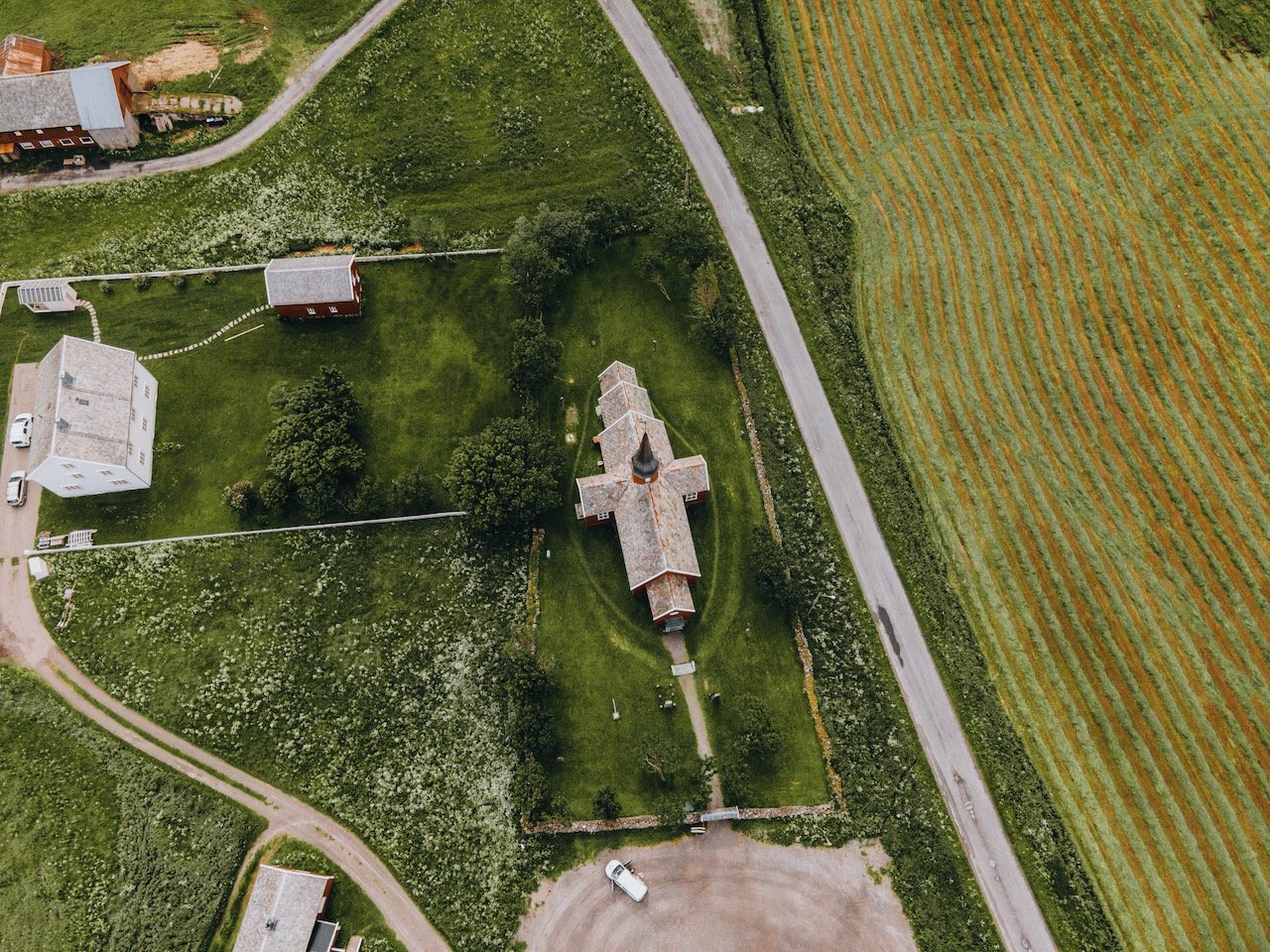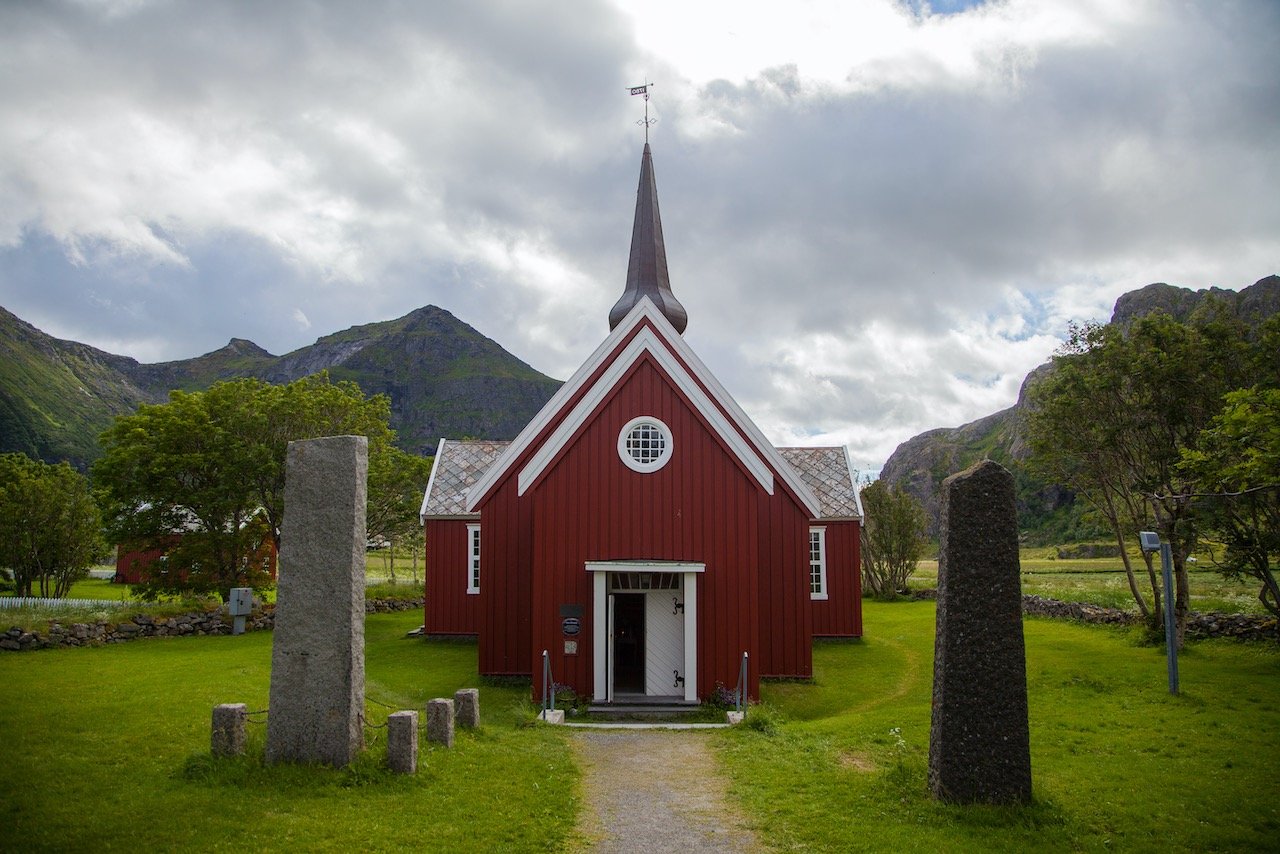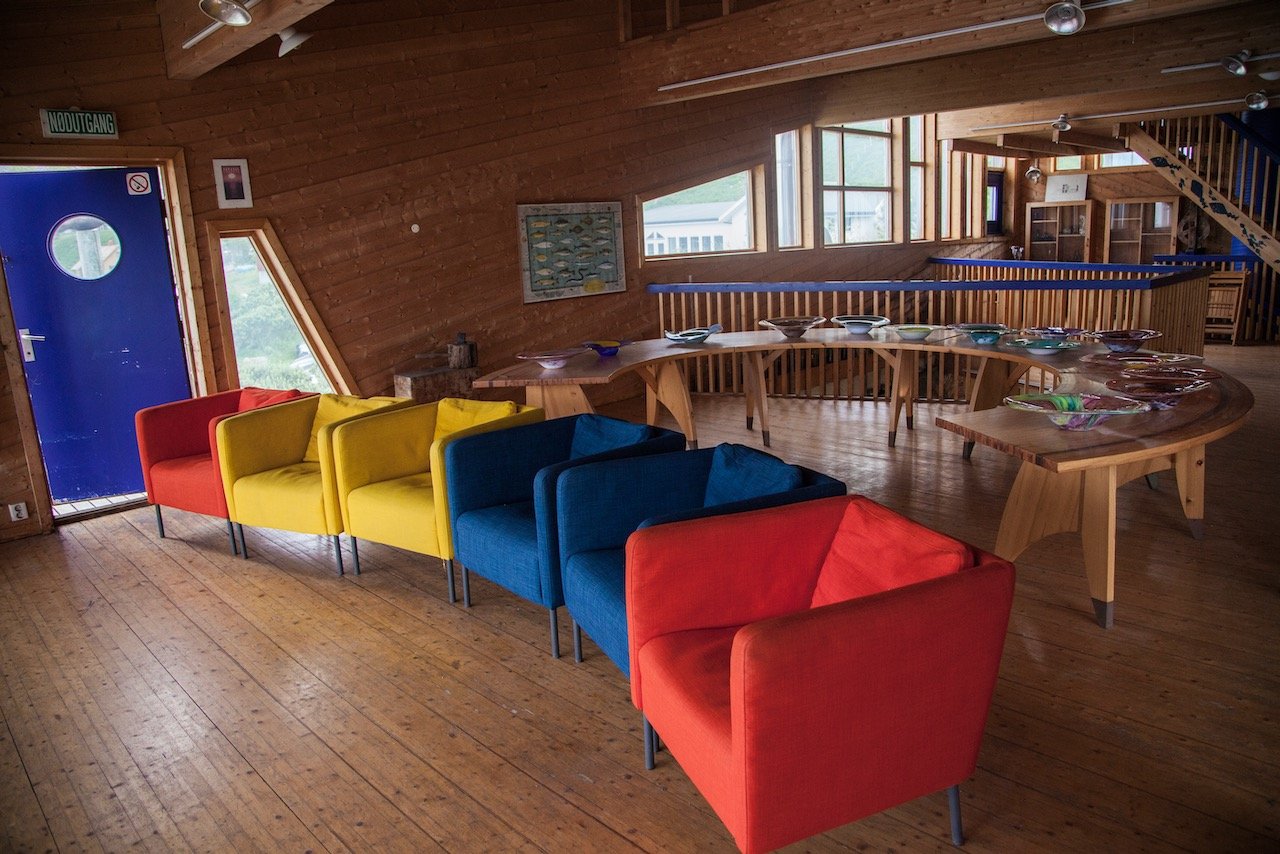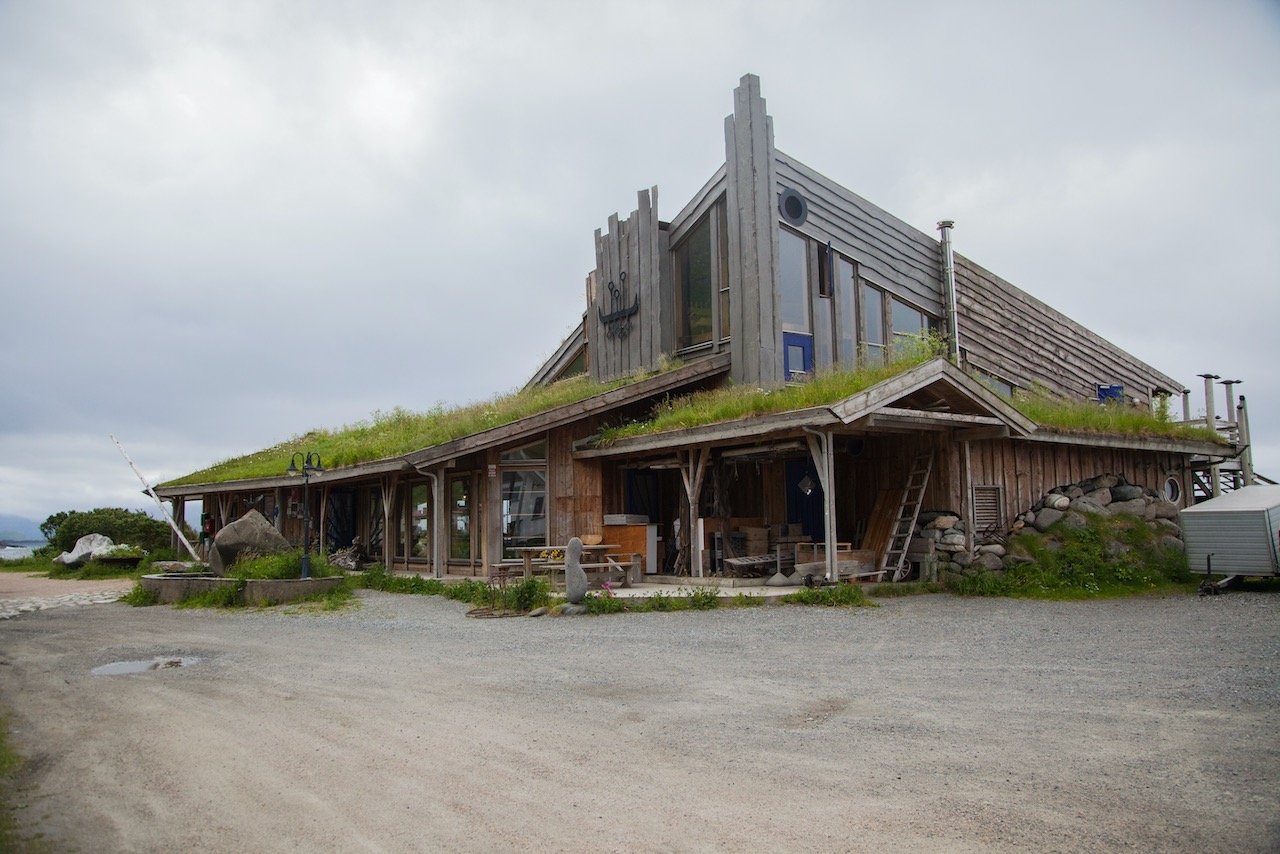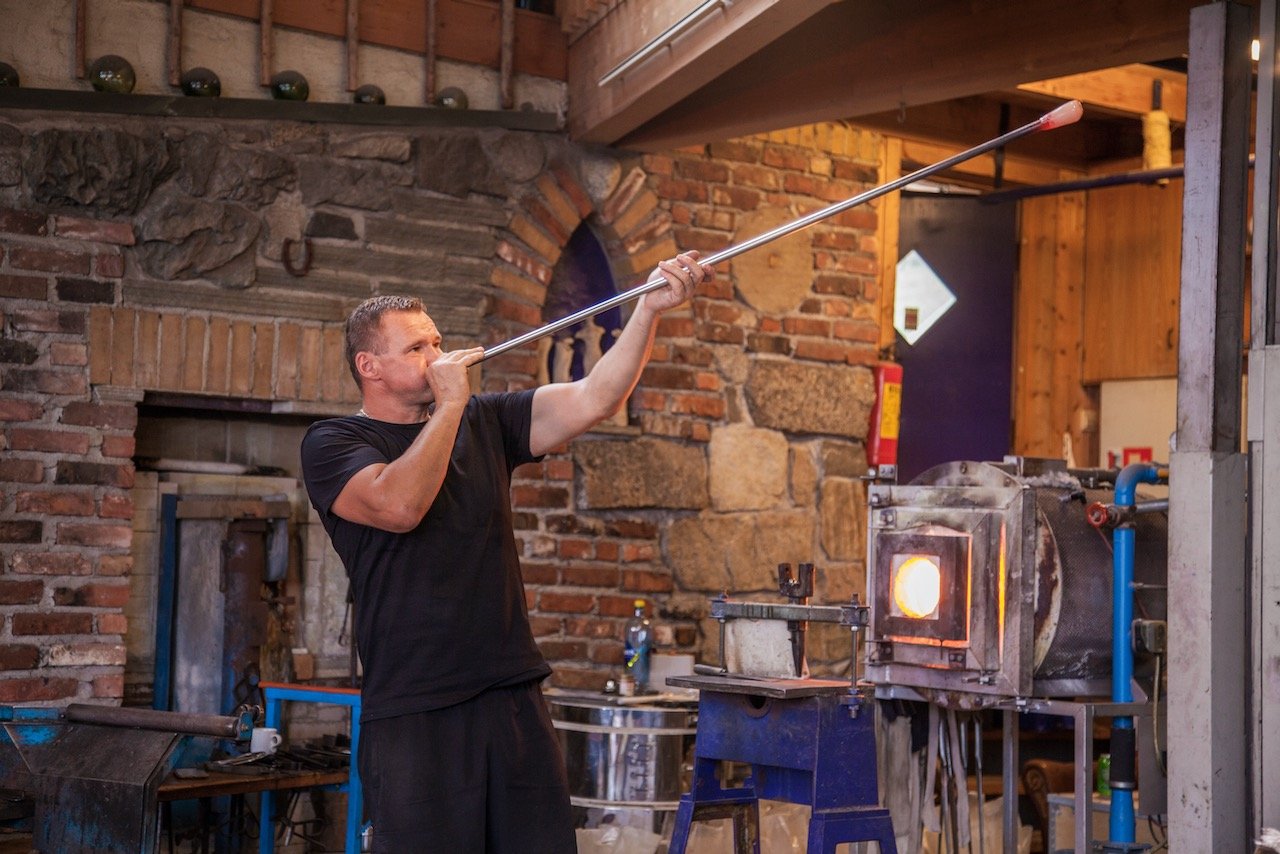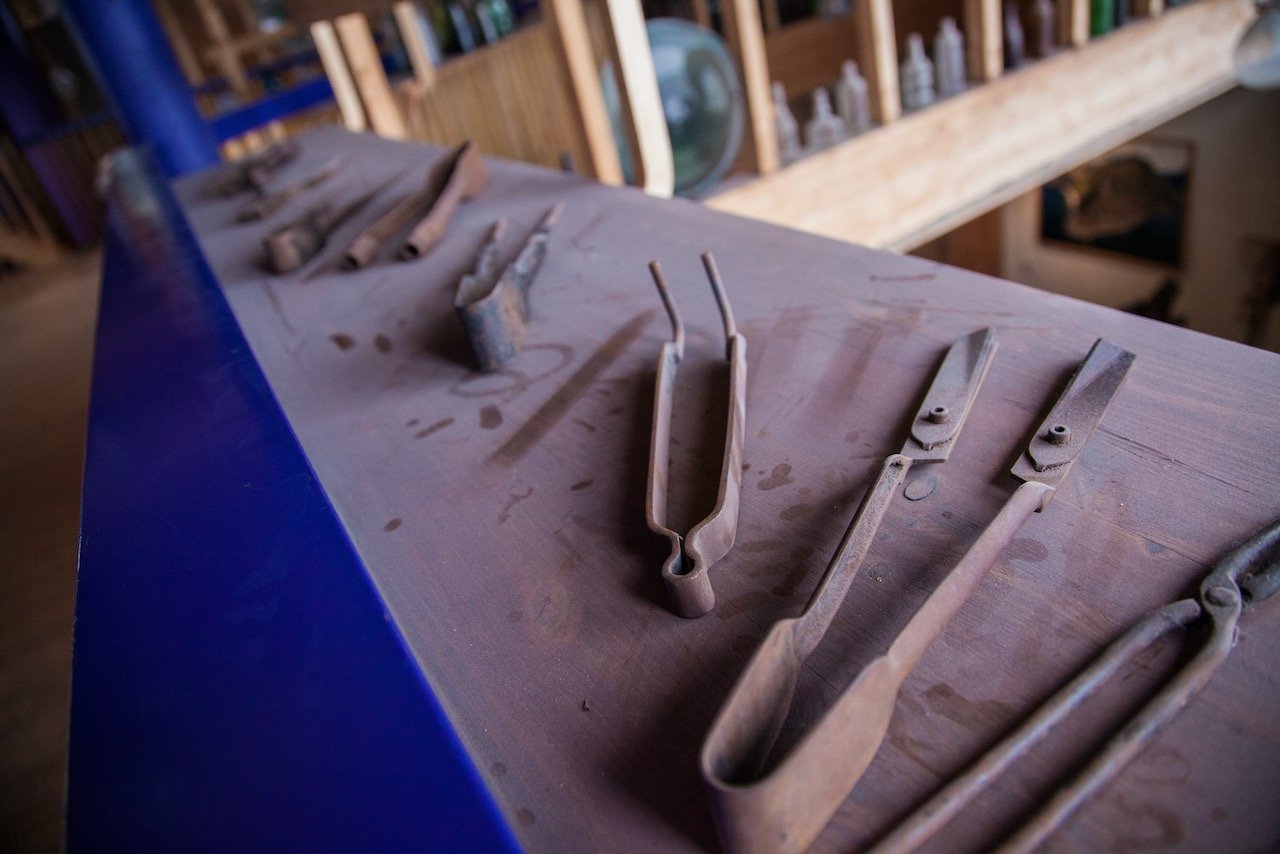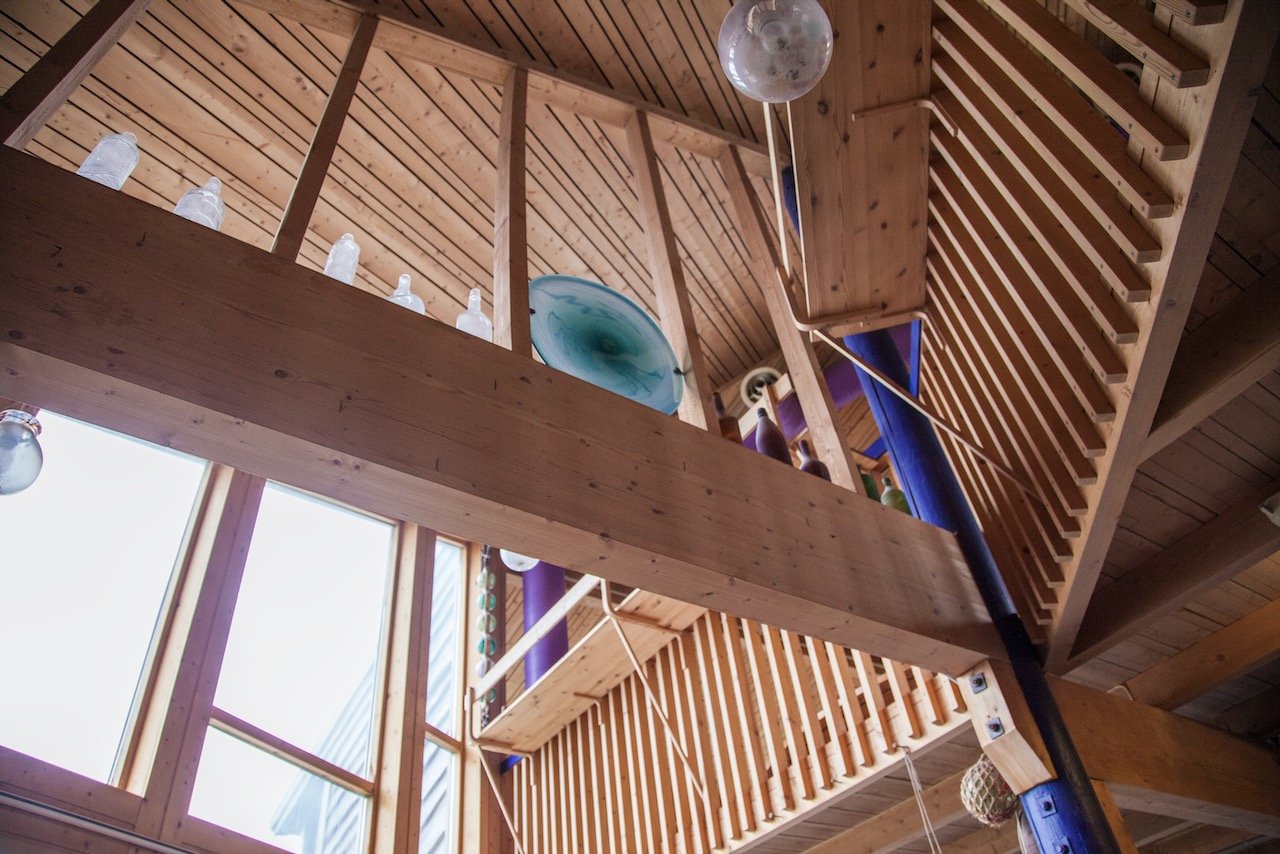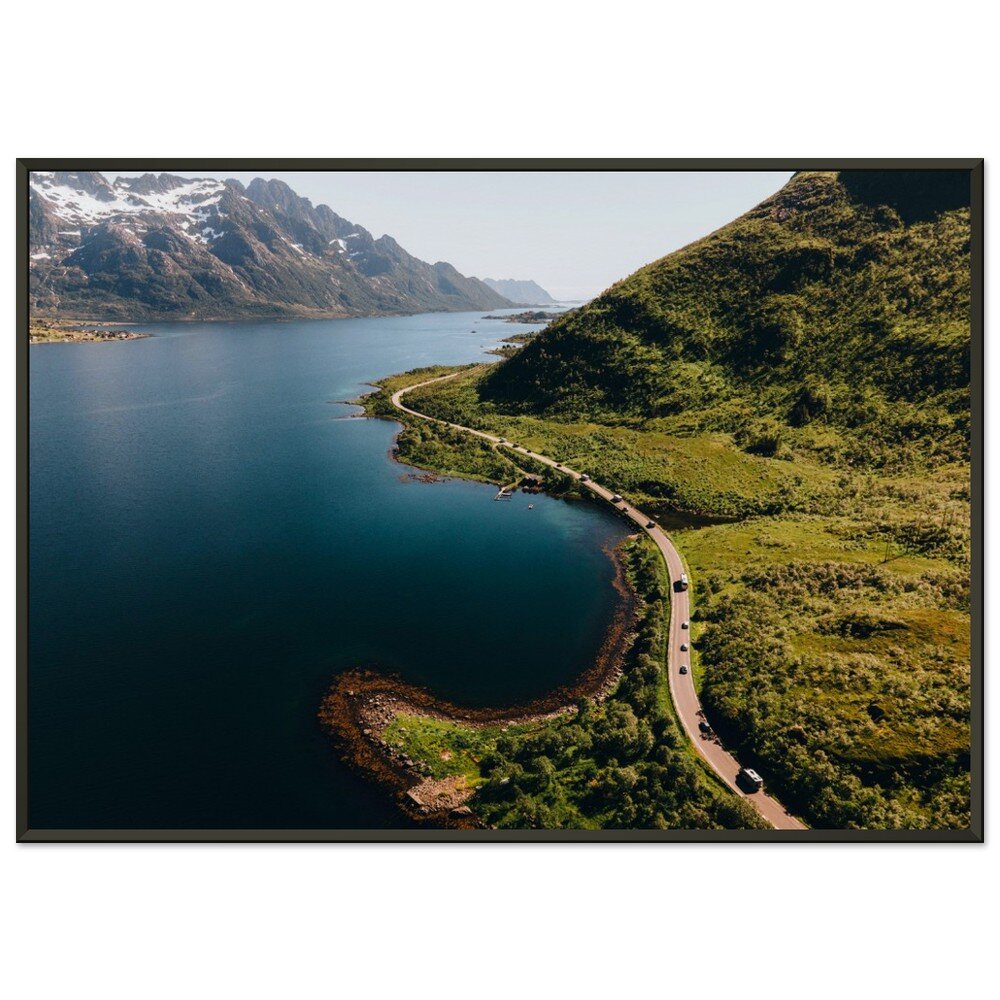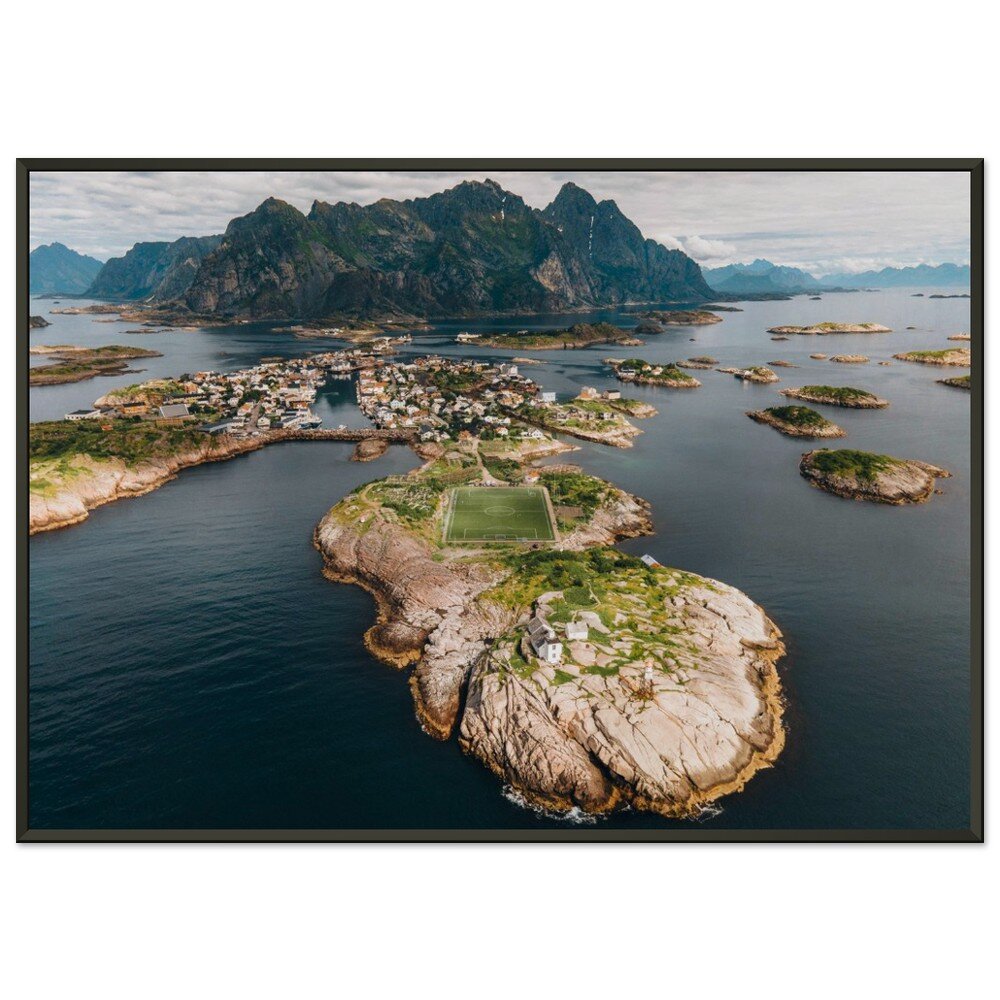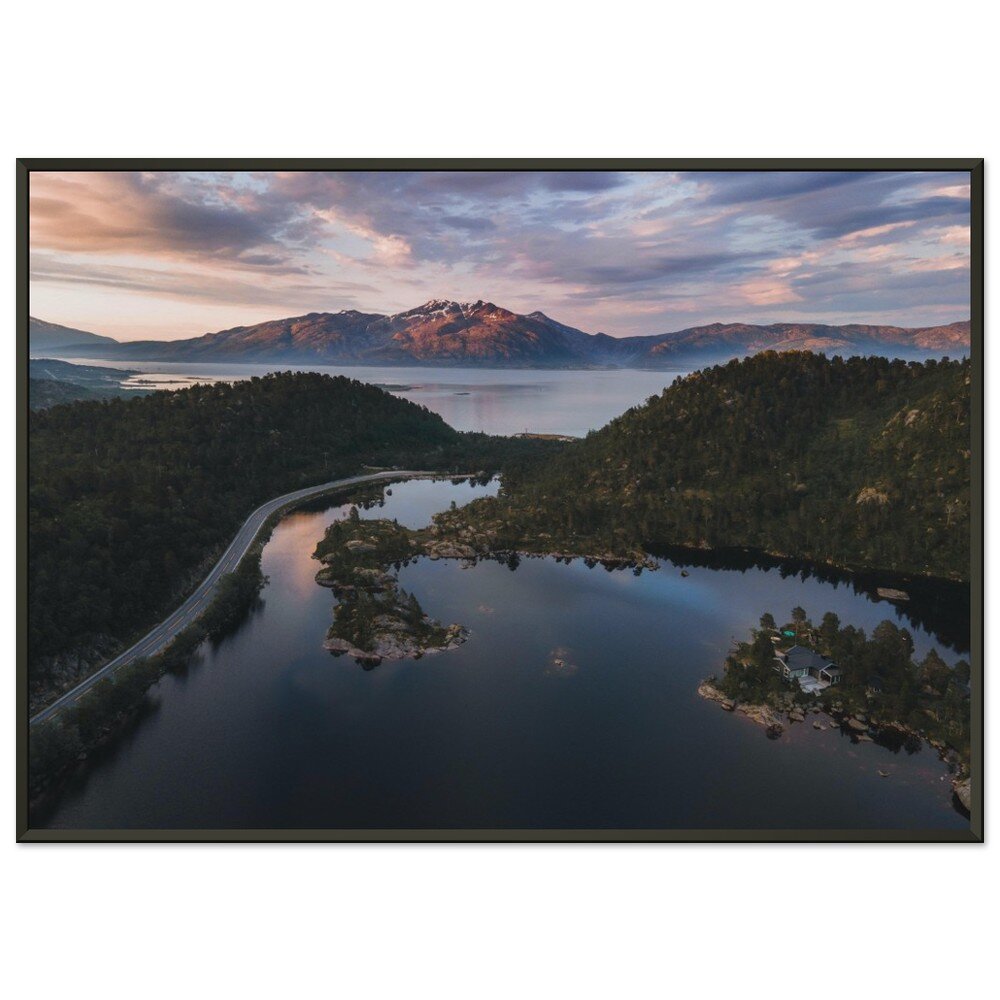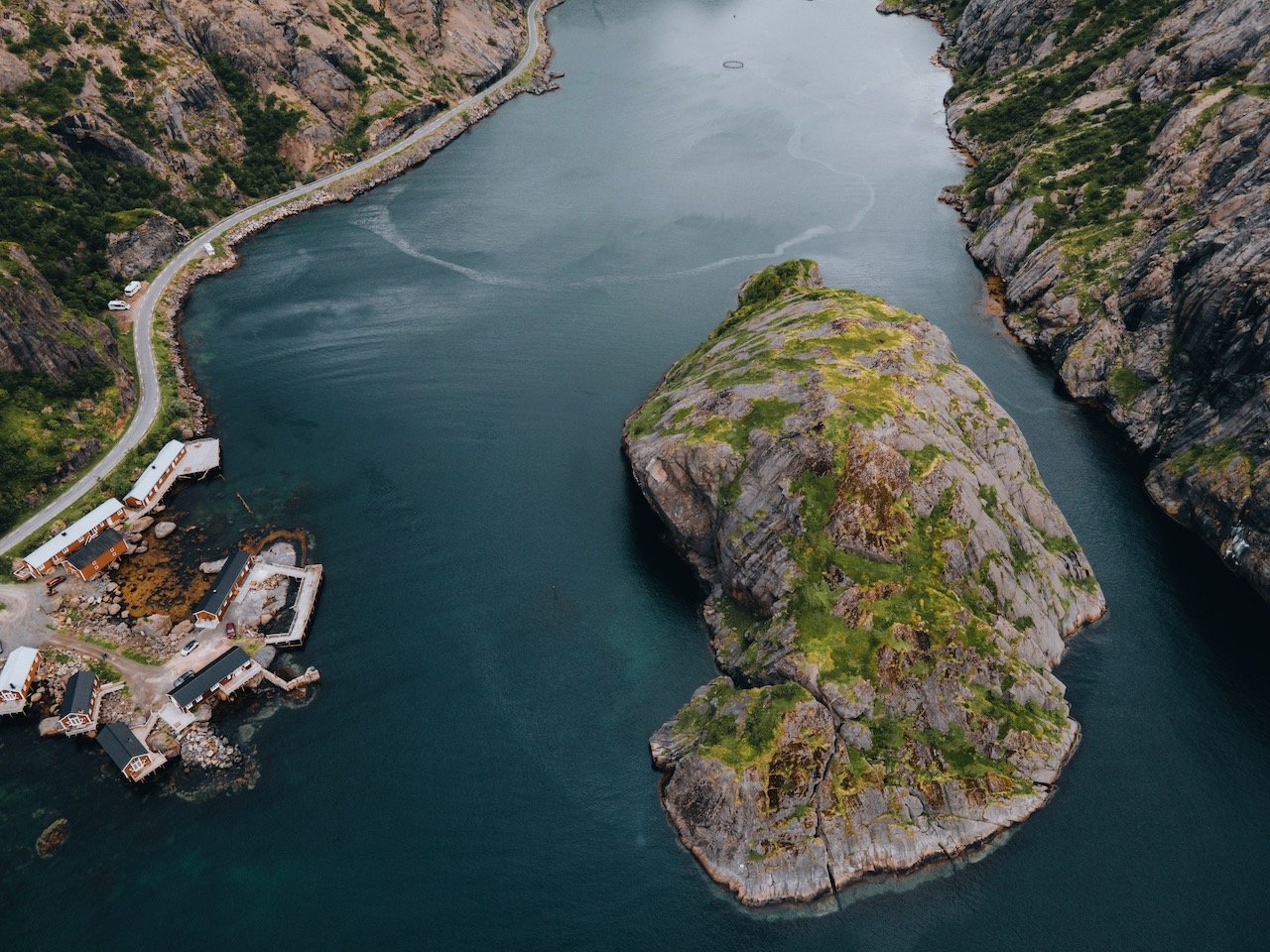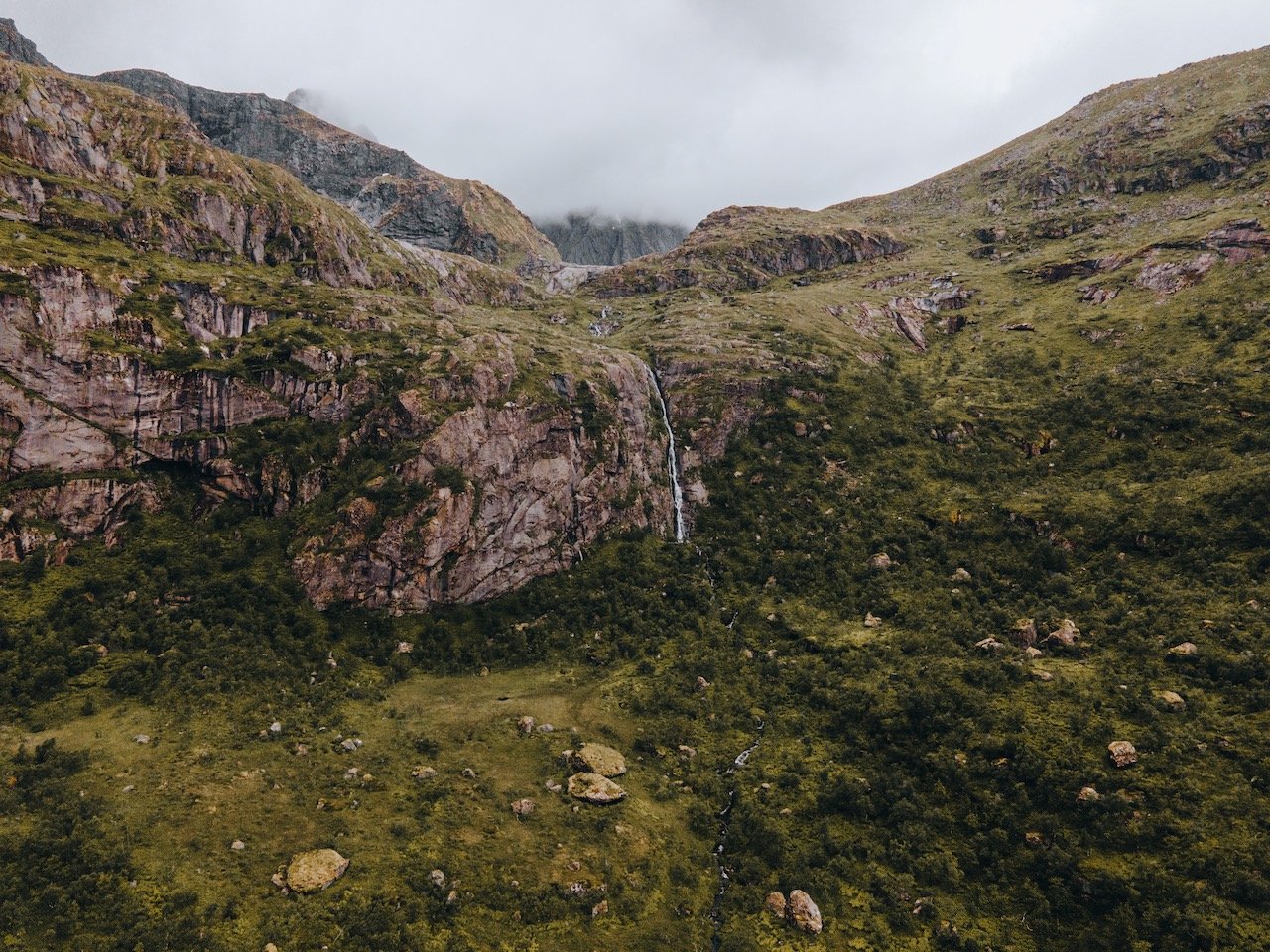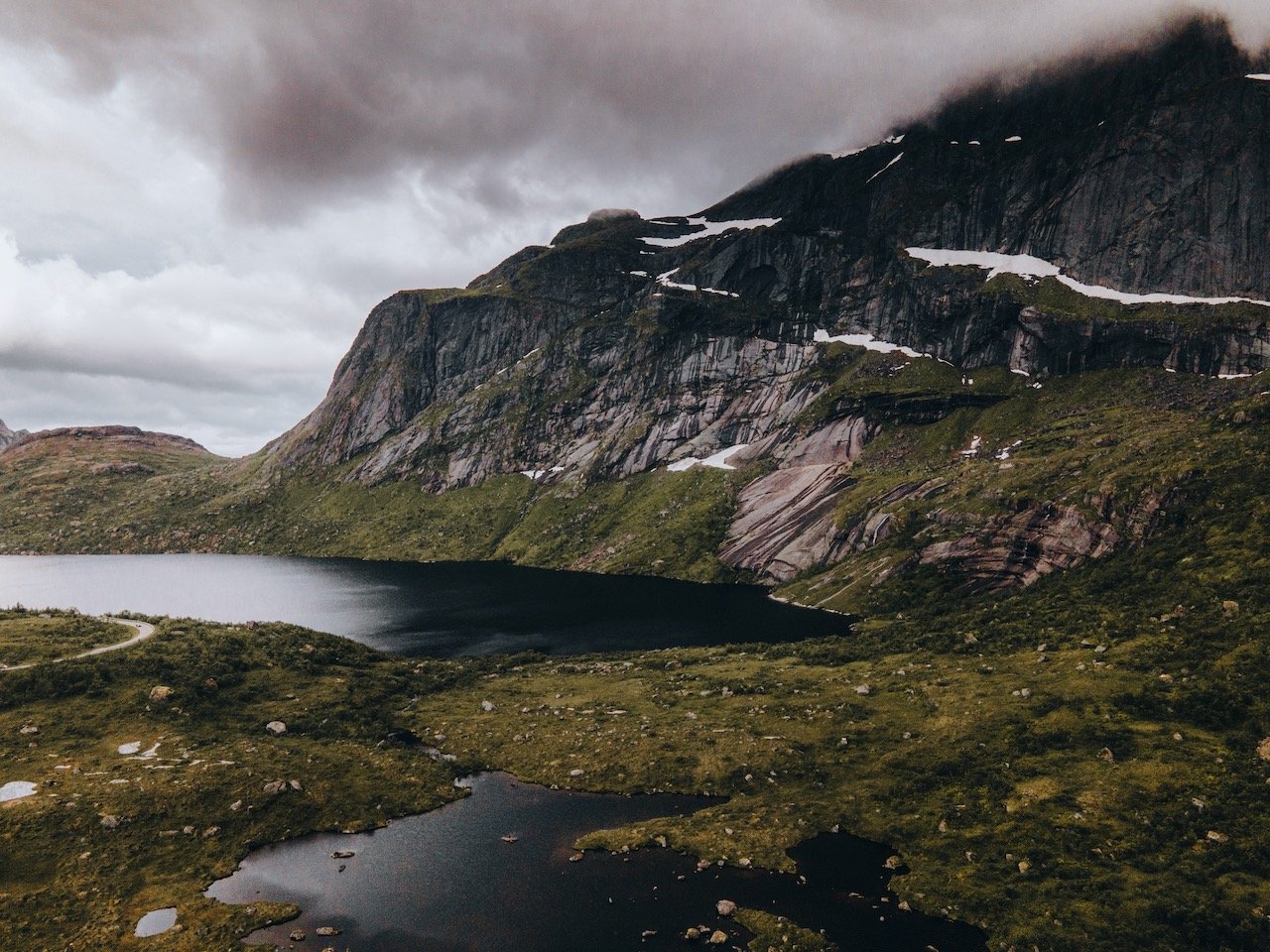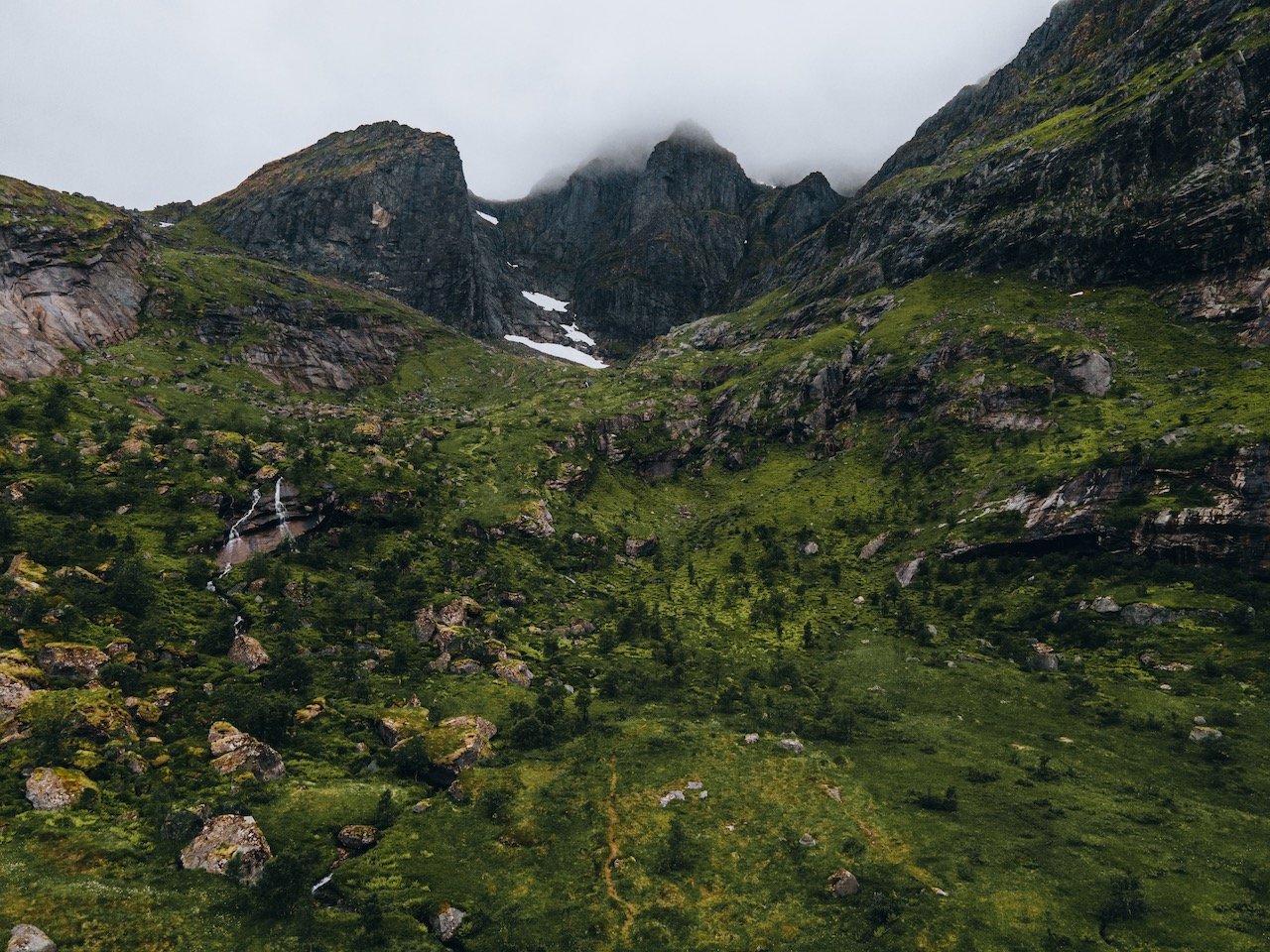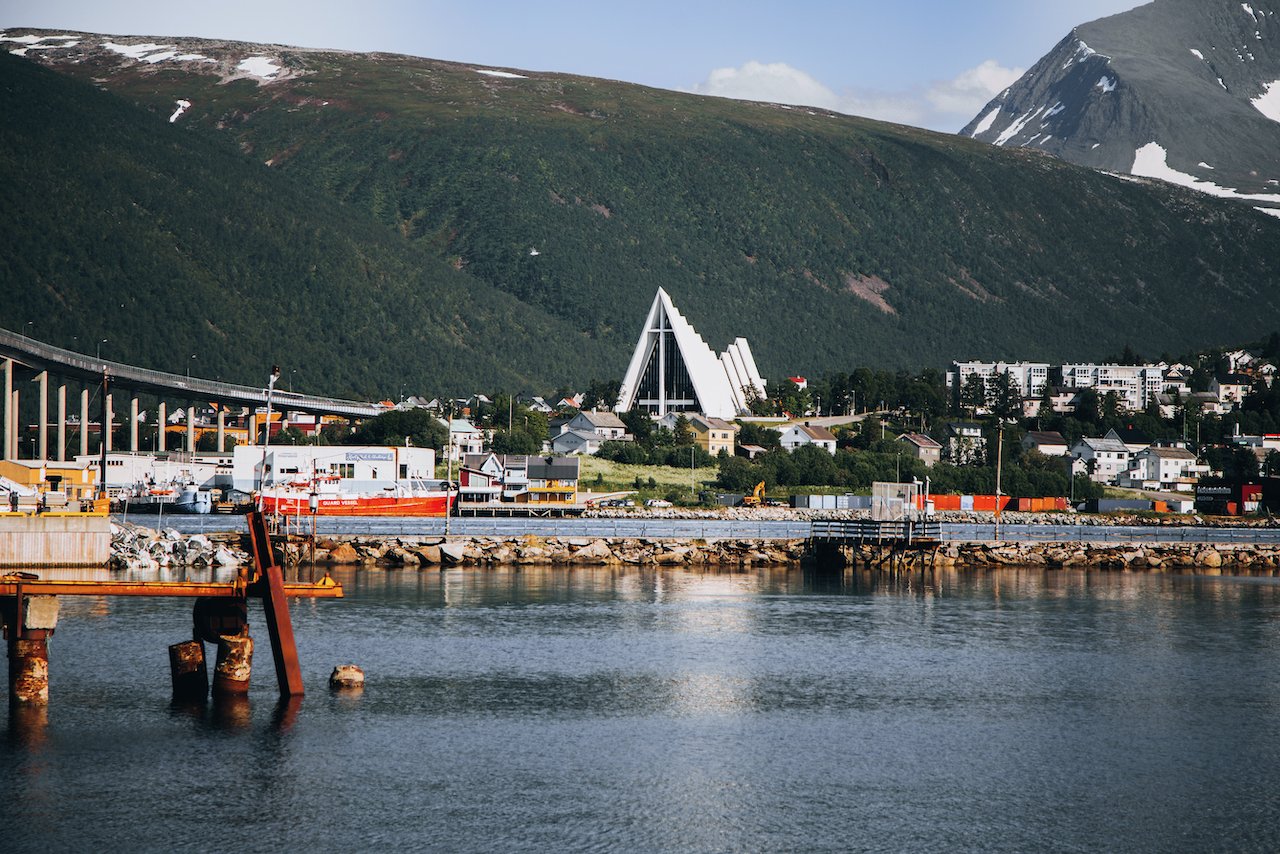A Journey to the Lofoten Islands: The Island of Flakstadøya
(Some links in this post are affiliate links. If you click through and take action, I'll be compensated.) If you are also interested in any PRINTS from any of my posts, be sure to check out my store where you can buy prints as posters, in metal/wooden frames or on canvas.
**This post is the 3rd of a 5-post series discussing what to see in this part of the Lofoten Islands (You can check out the other parts below, separated by each specific island: Part 1, Part 2, Part 3, Part 4, Part 5. Everything is also summarized in another post here.**
The Lofoten Islands are arguably one of the most beautiful archipelagos in the world. It is located in Northern Norway (Nordland County), within the Arctic circle tucked between the 68th and 69th northern parallels. I picked up a camper van with Arctic Campers in Tromsø, Norway (Blog Post: A Guide to Exploring Tromsø, Norway’s Northernmost City in the Arctic Circle) and had started the road trip towards Lofoten (about 4-5 hour drive).
The definition of which islands constitute Lofoten are always up for debate but for the purposes of this blog post series, I will cover 5 of the islands and reference some others. From North to South, they are composed of:
Gimsøy
Austvågøya (Blog Post: A Journey to the Lofoten Islands: The Island of Austvågøya)
Vestvågøya (Blog Post: A Journey to the Lofoten Islands: The Island of Vestvågøya)
Flakstadøya (Blog Post: A Journey to the Lofoten Islands: The Island of Flakstadøya)
Moskenesøya (Blog Post: A Journey to the Lofoten Islands: The Island of Moskenesøya)
Værøy (Blog Post: A Journey to the Lofoten Islands: The Island of Værøy)
In this blog post, I will cover the island of Flakstadøya. A Google Map of these places I will talk about can be seen at the end of this article. Check out my drone video of Nusfjord in the Lofoten Islands below!
Vikten was a place that we went to multiple times during our trip. The village itself is on the east part of Flakstadøya and a part of the Lofoten National Tourist Route. Its a small community of people that live here, right on the idyllic coastline. I think we even saw a few seals while walking along the beach.
The attraction that lured us here was the Glashytta Kafé. As the name would suggest, it’s a glass blowing cafe with a live demonstration during the opening hours. You get a front row seat to a nice map, just going about his business, making gorgeous glass creations. It was mesmerizing. Even better is that the cafe has an upstairs area where you can peer out large windows at the sea, or look down at the glass blower doing his work.
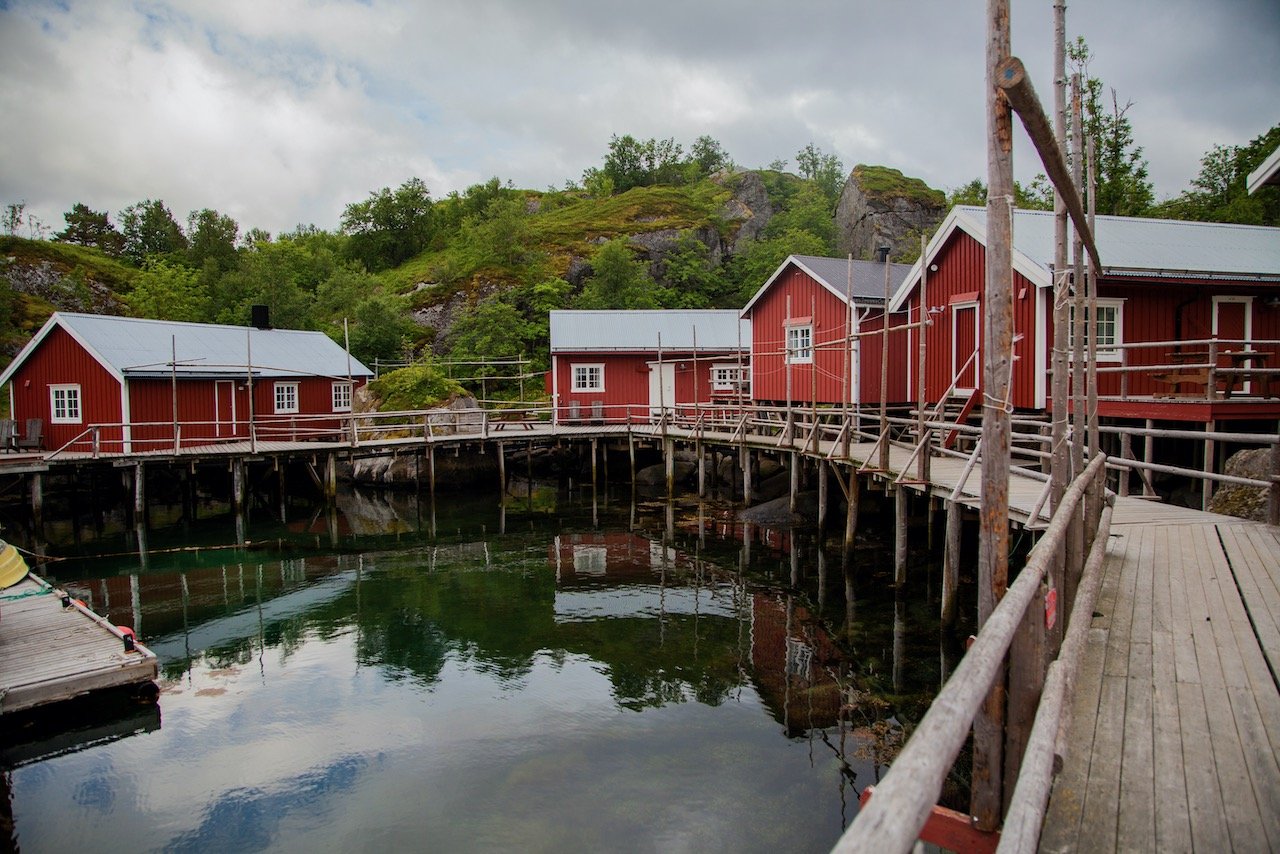
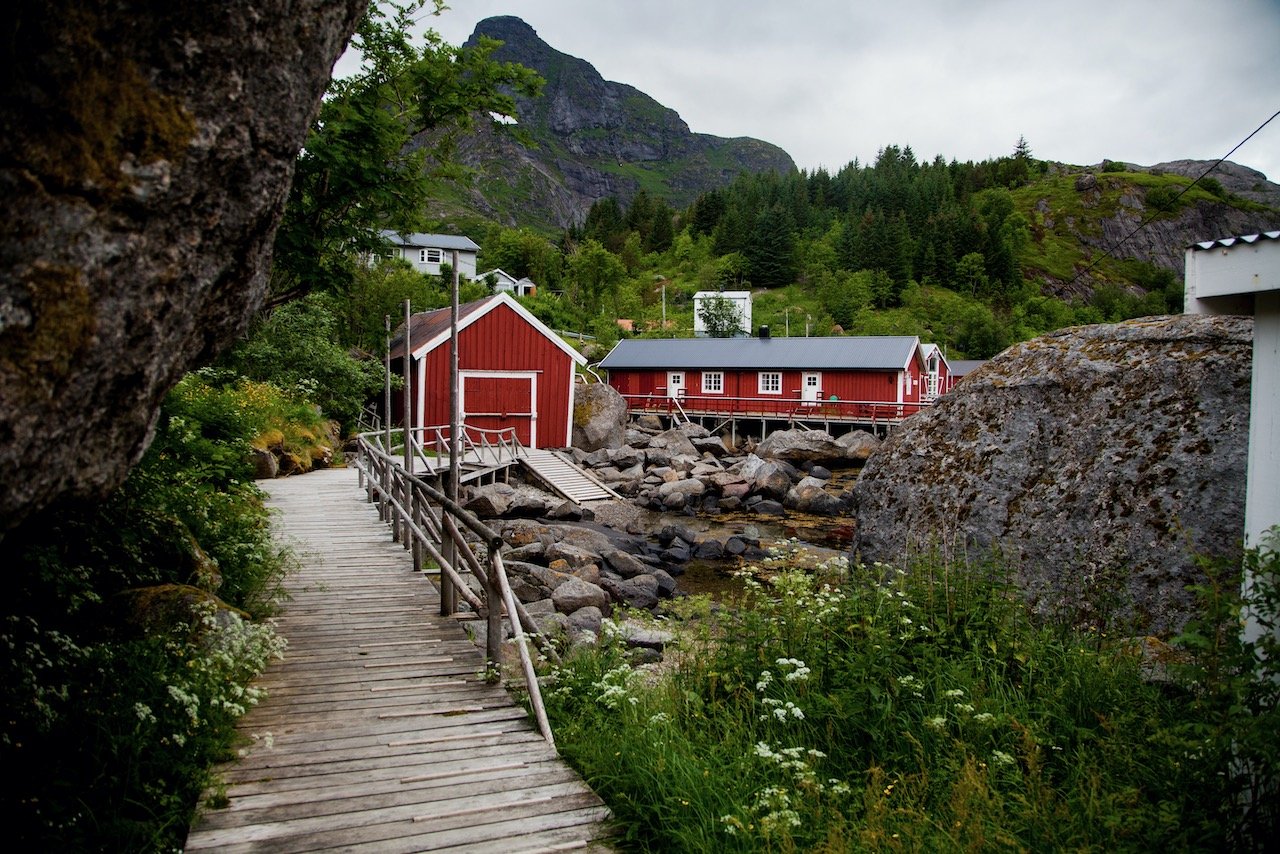


Nusfjord was a village I didn’t know about until my girlfriend guided us here on our trip! I’m so glad she did. Nusfjord is a small fishing village on the south shore of Flakstadøya. There are a number of rorbu cabins here, many of them red, some are yellow that are spread across the landscape. The town is perfectly intertwined with nature and around every corner was a photographic opportunity. Be cognizant of what you take photos of though, after all these are peoples’ homes.
If you like some of my photos that you have come across, just know that I have many prints showcasing a variety of landscapes, including Norway, available for purchase below! (Sold as Posters, Canvas, or in Metal-Frames and Wooden-Frames).
Due to its harbor position, it provides good protection against bad weather from the Lofoten Sea. I would recommend staying a night in this area if you have the time as its a great place to wind down after a long day of driving.
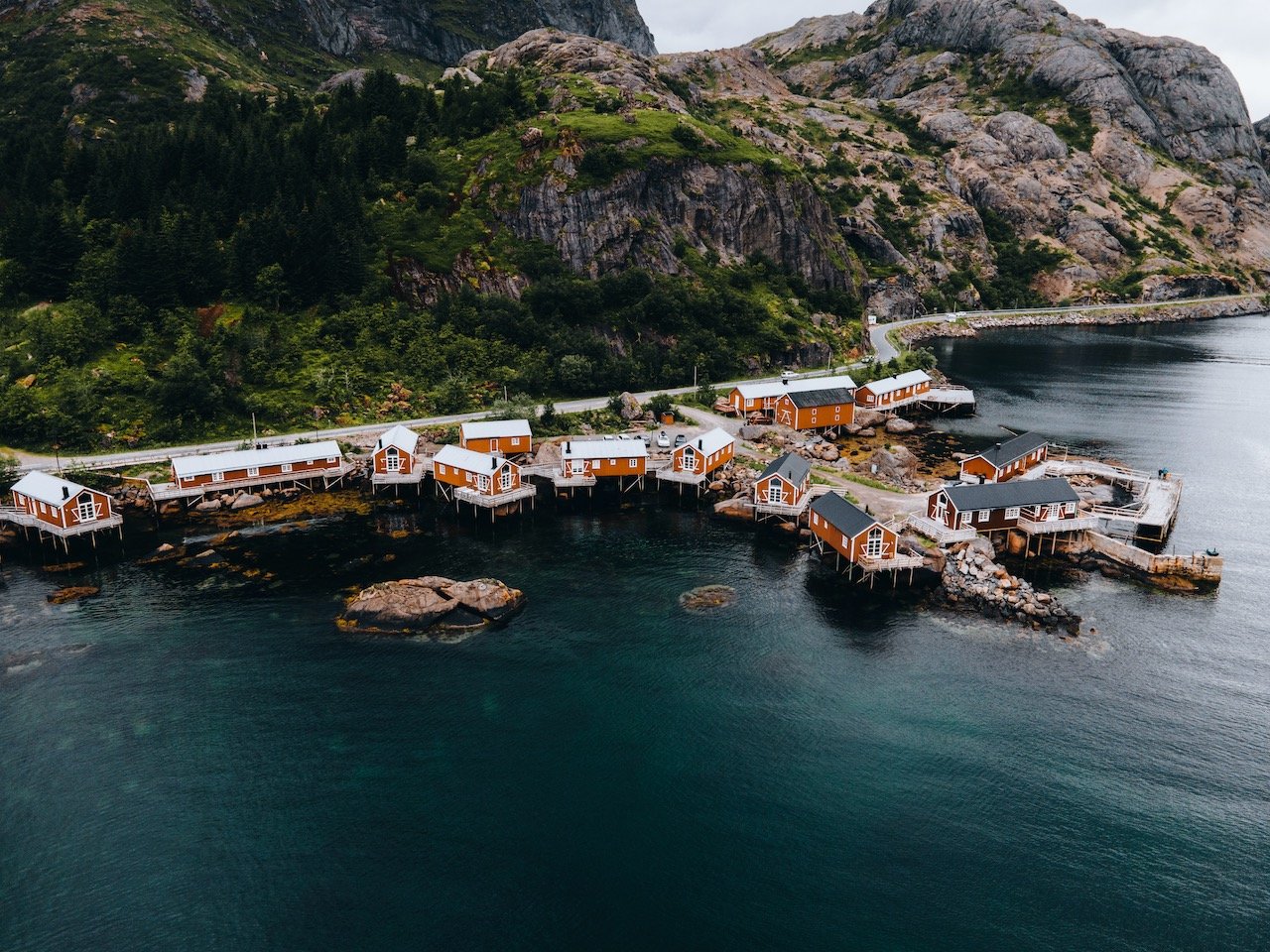
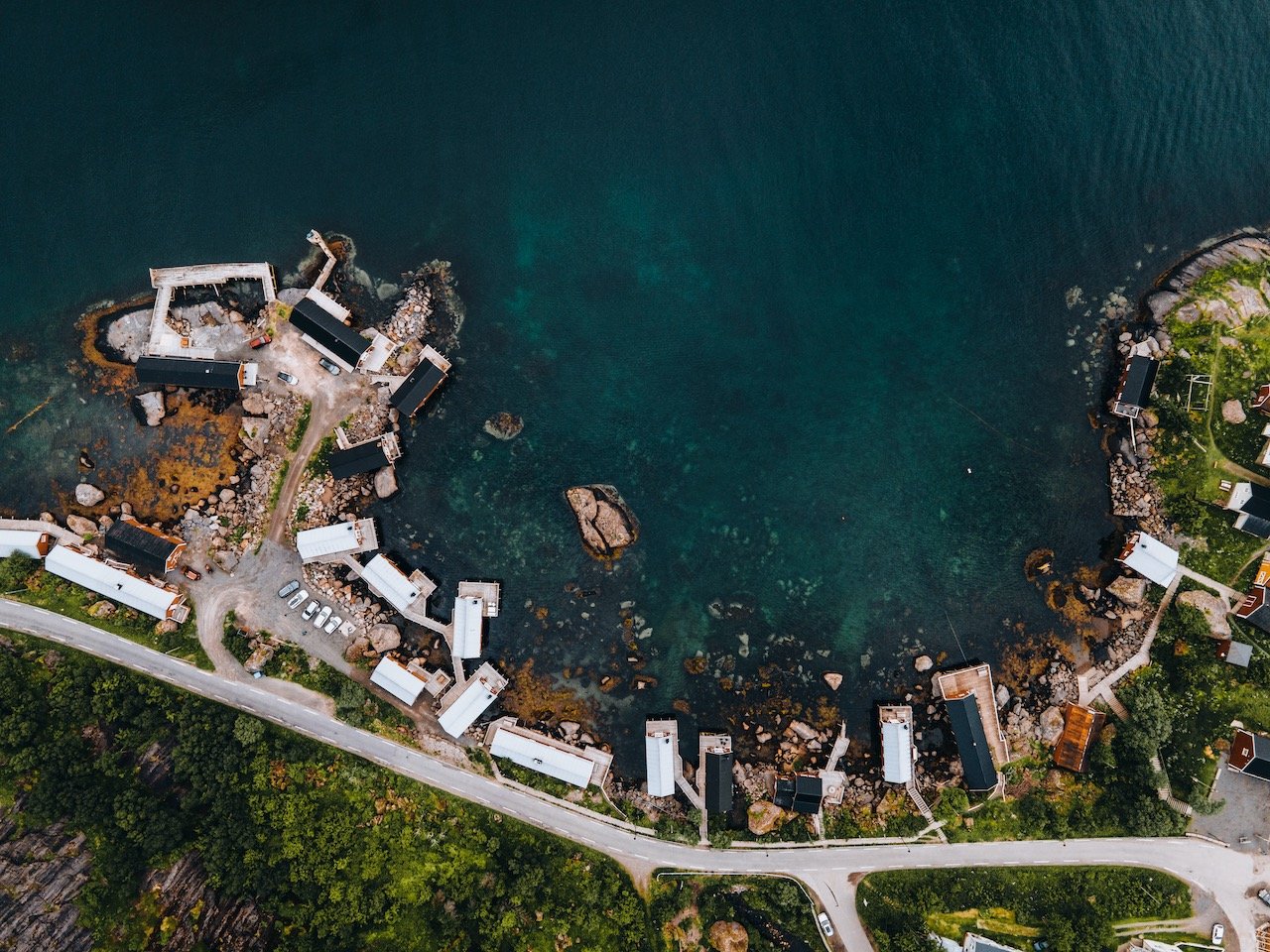
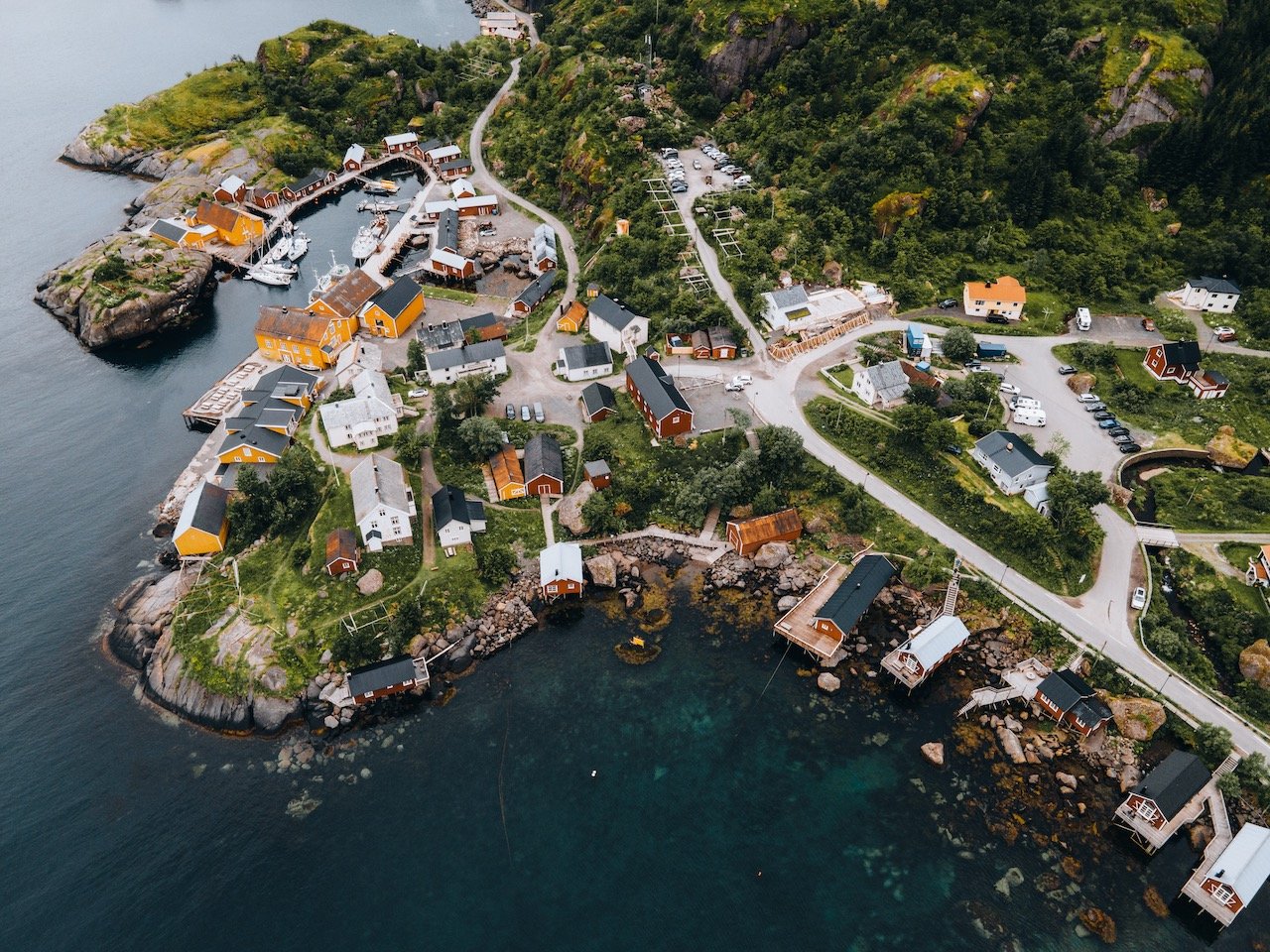
Flakstad Church is located in the village of Flakstad (obviously). The church was built in a cruciform style in 1780. For me, I really liked its red color and the surrounding grounds.
